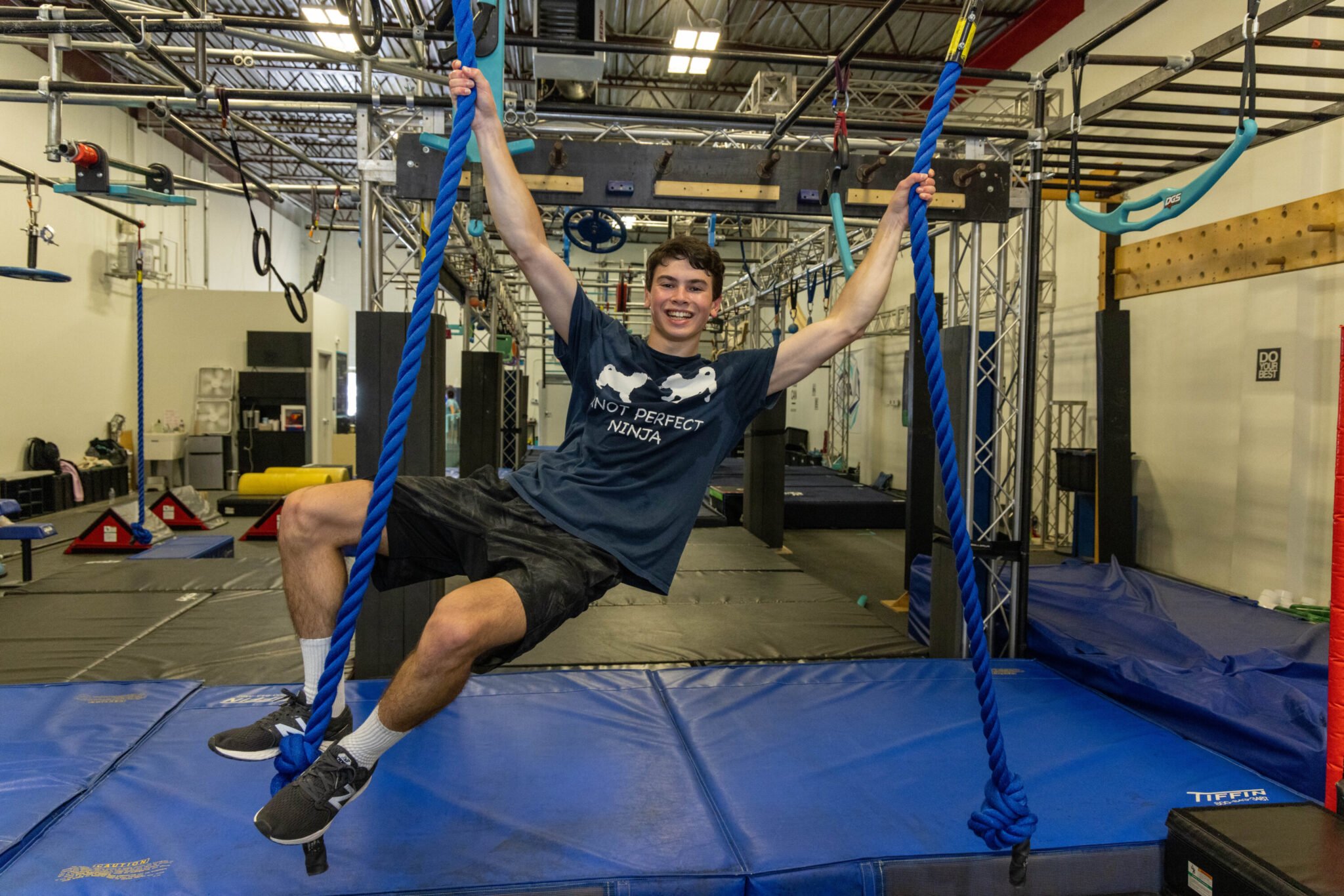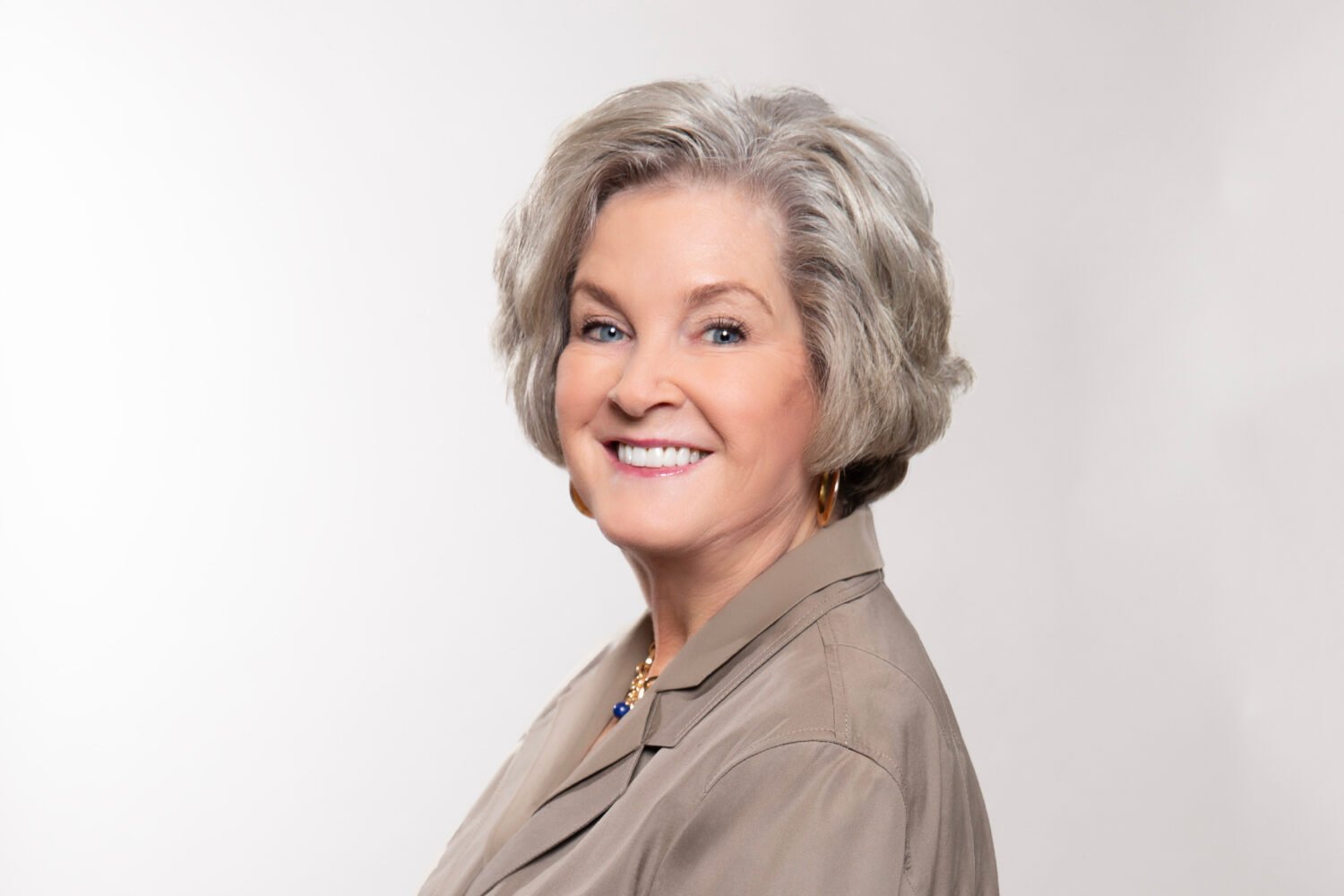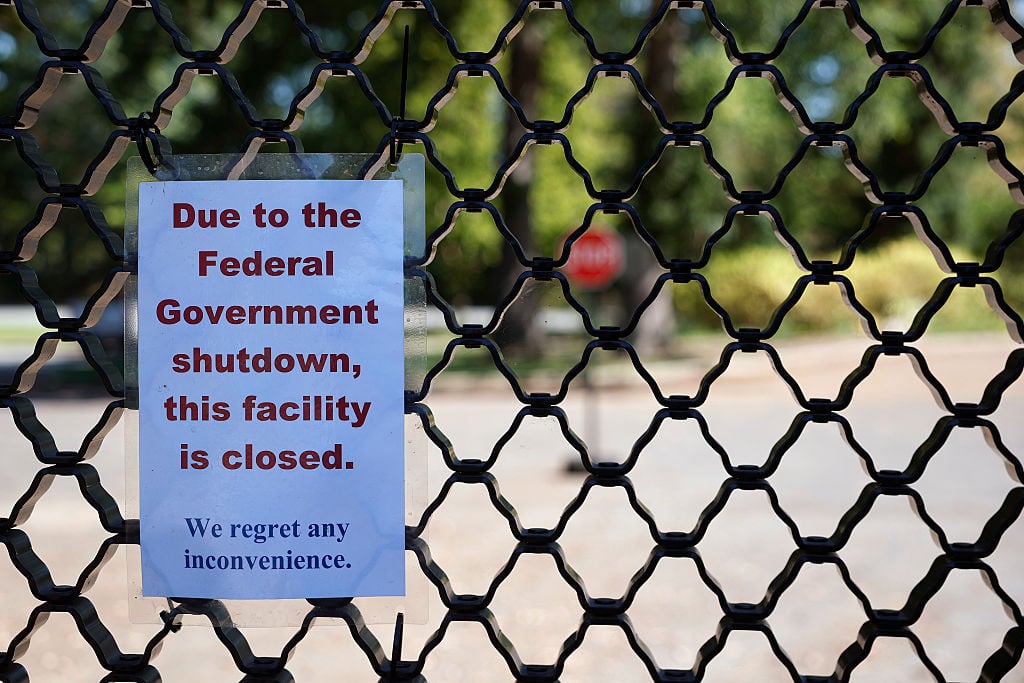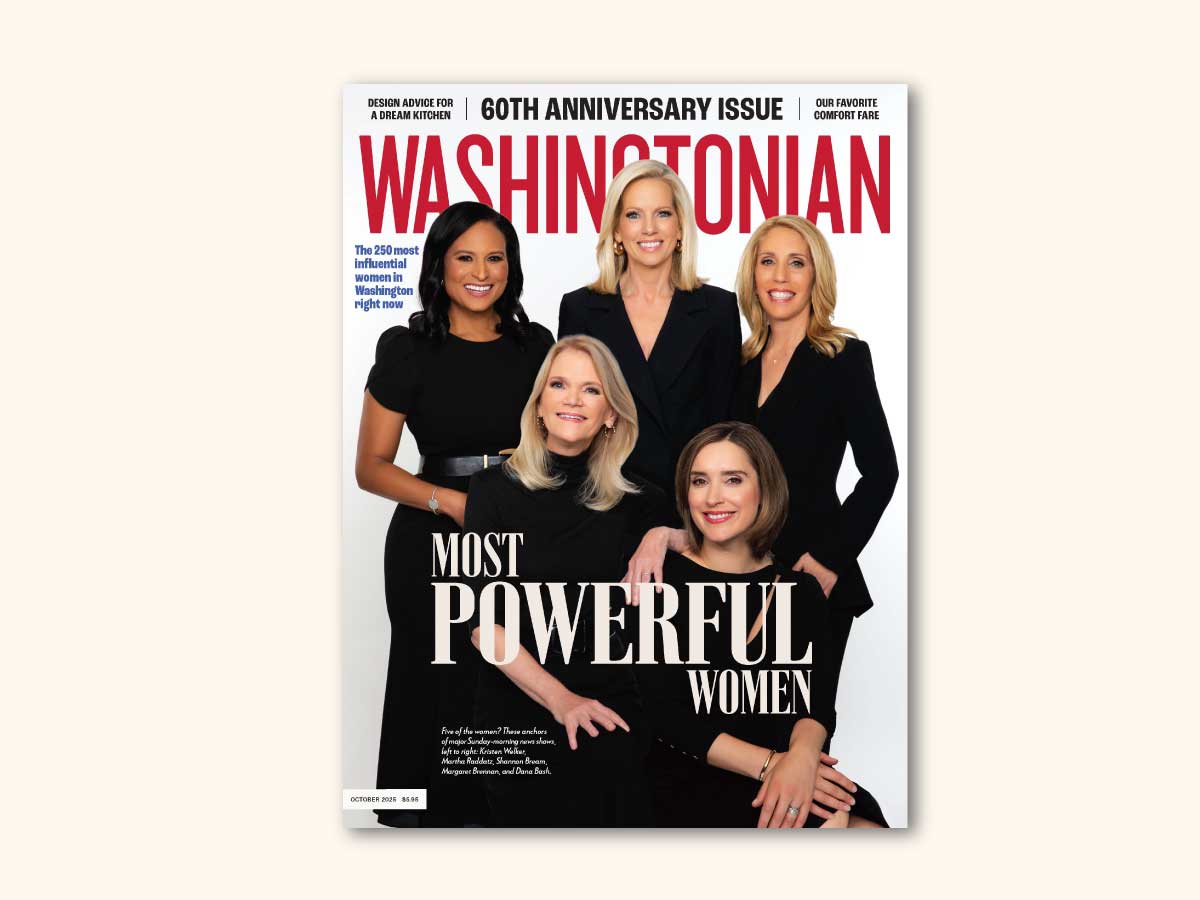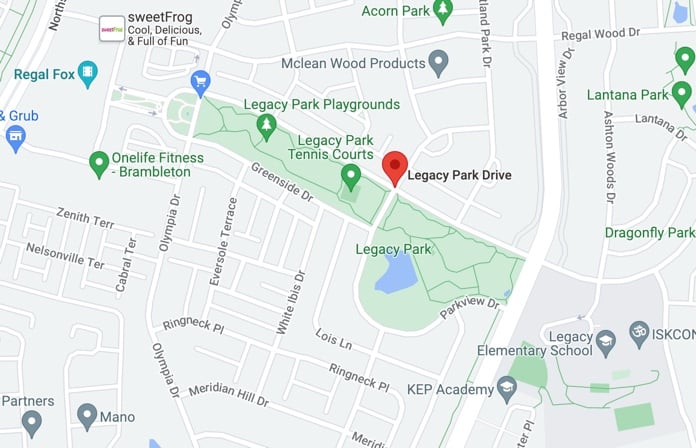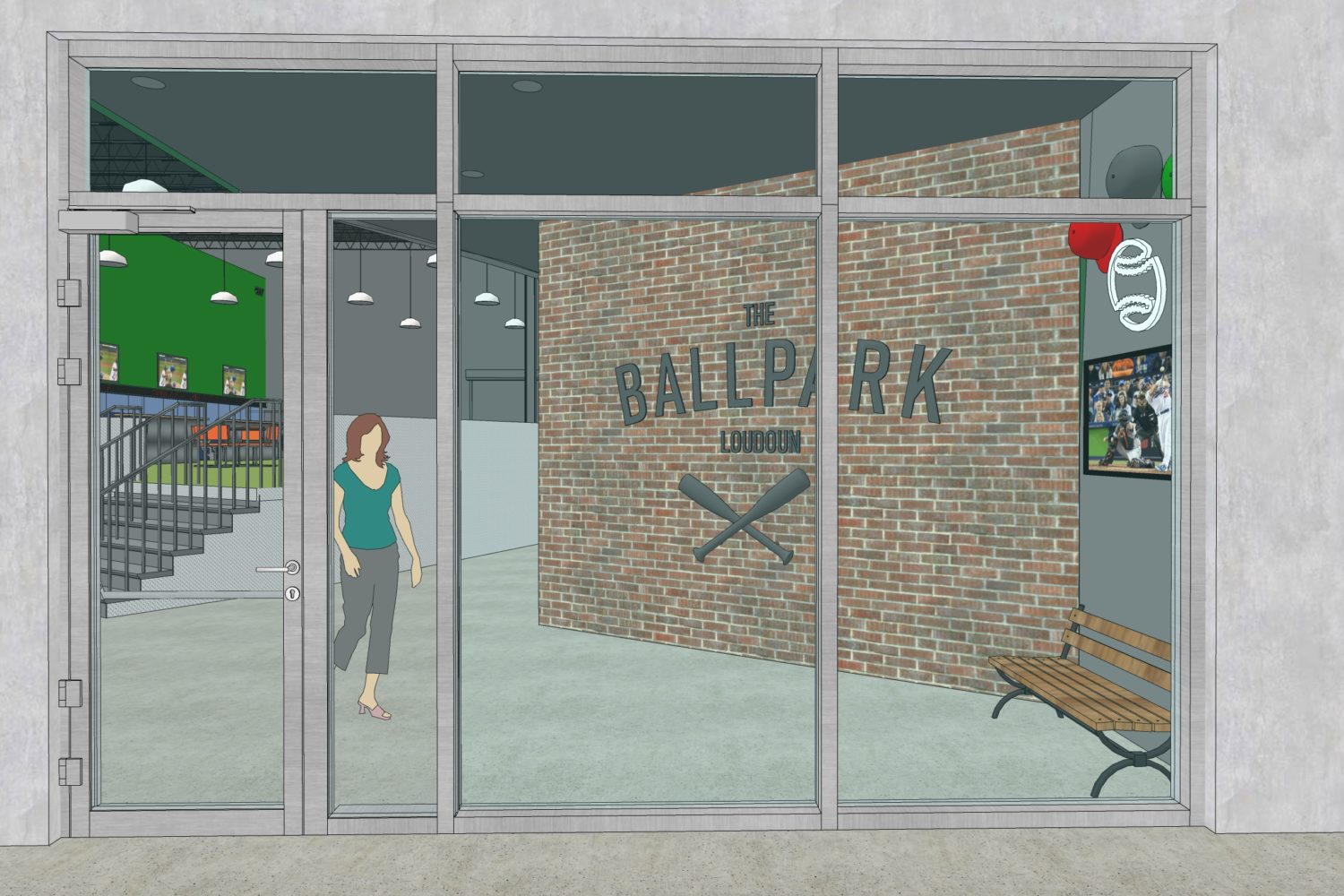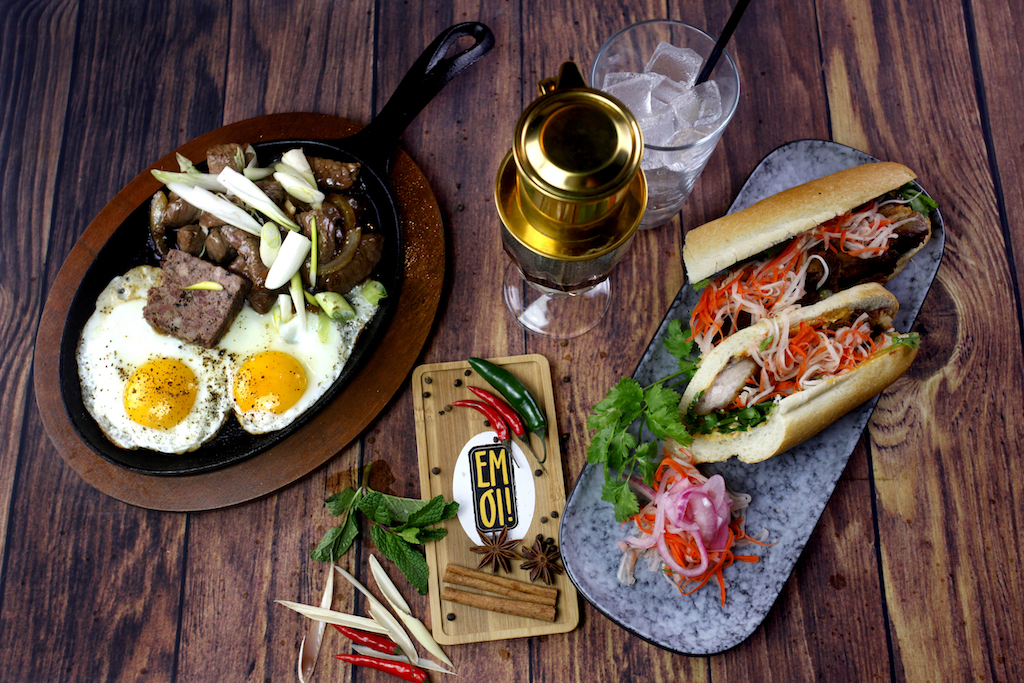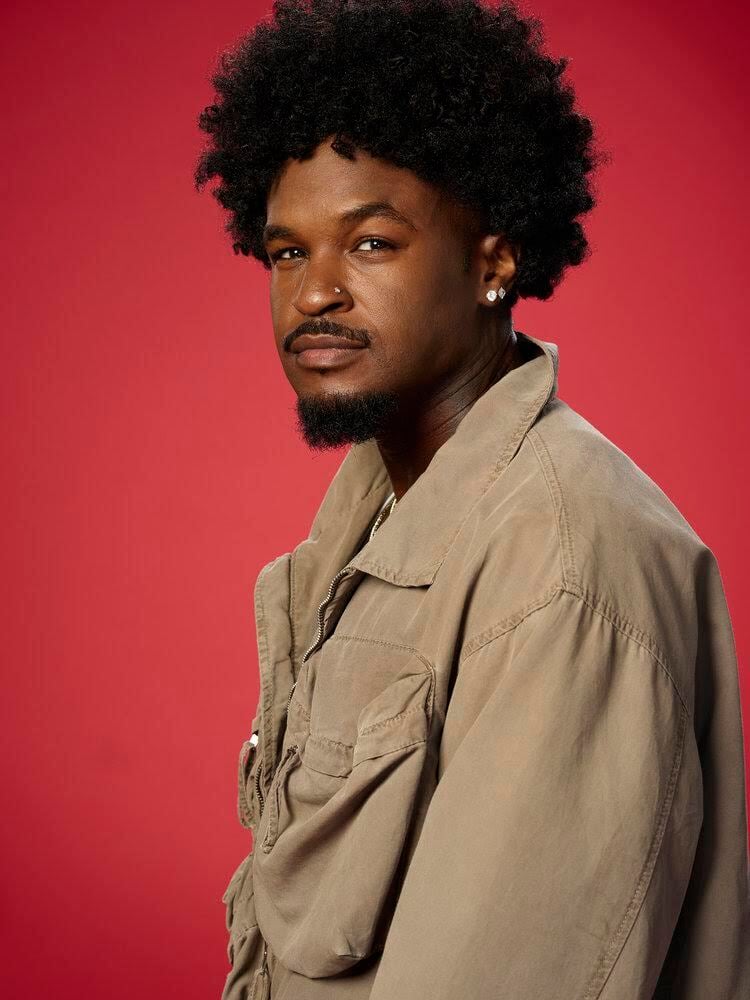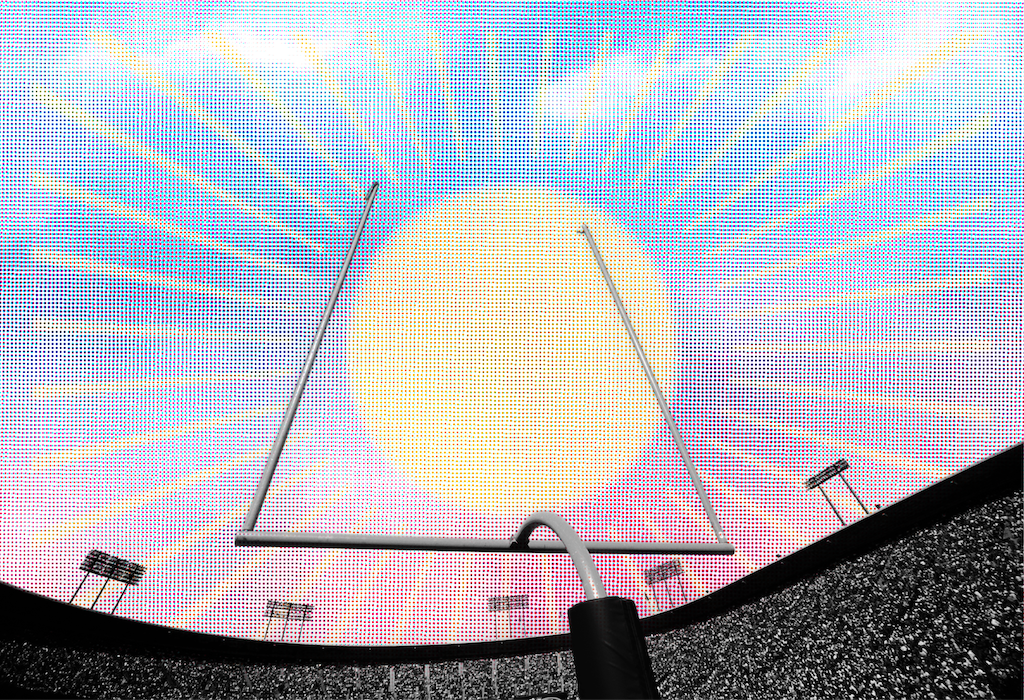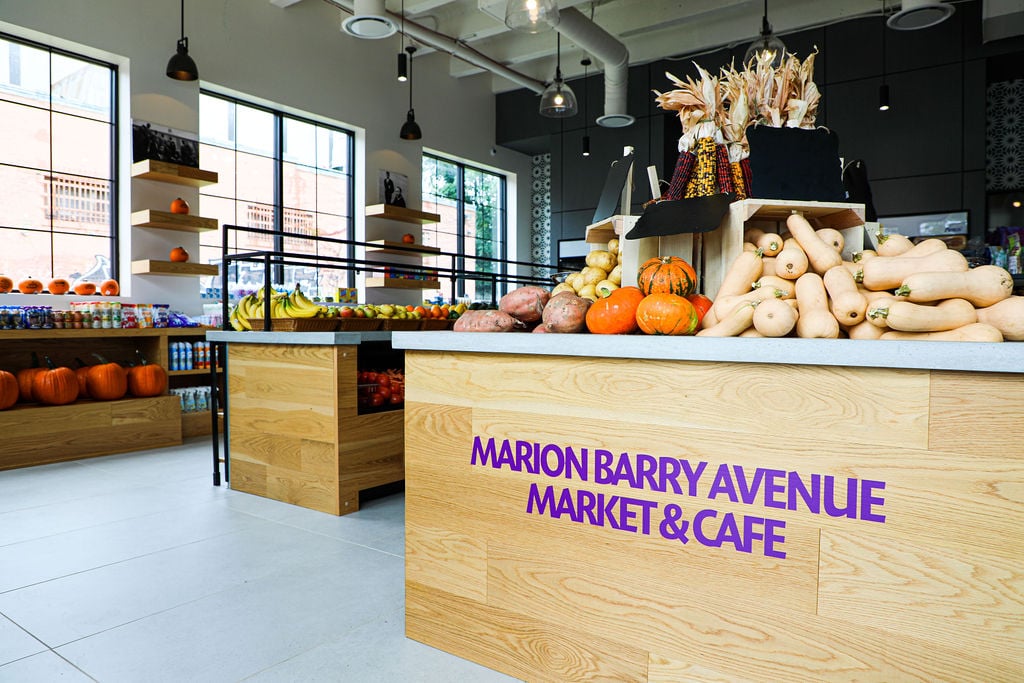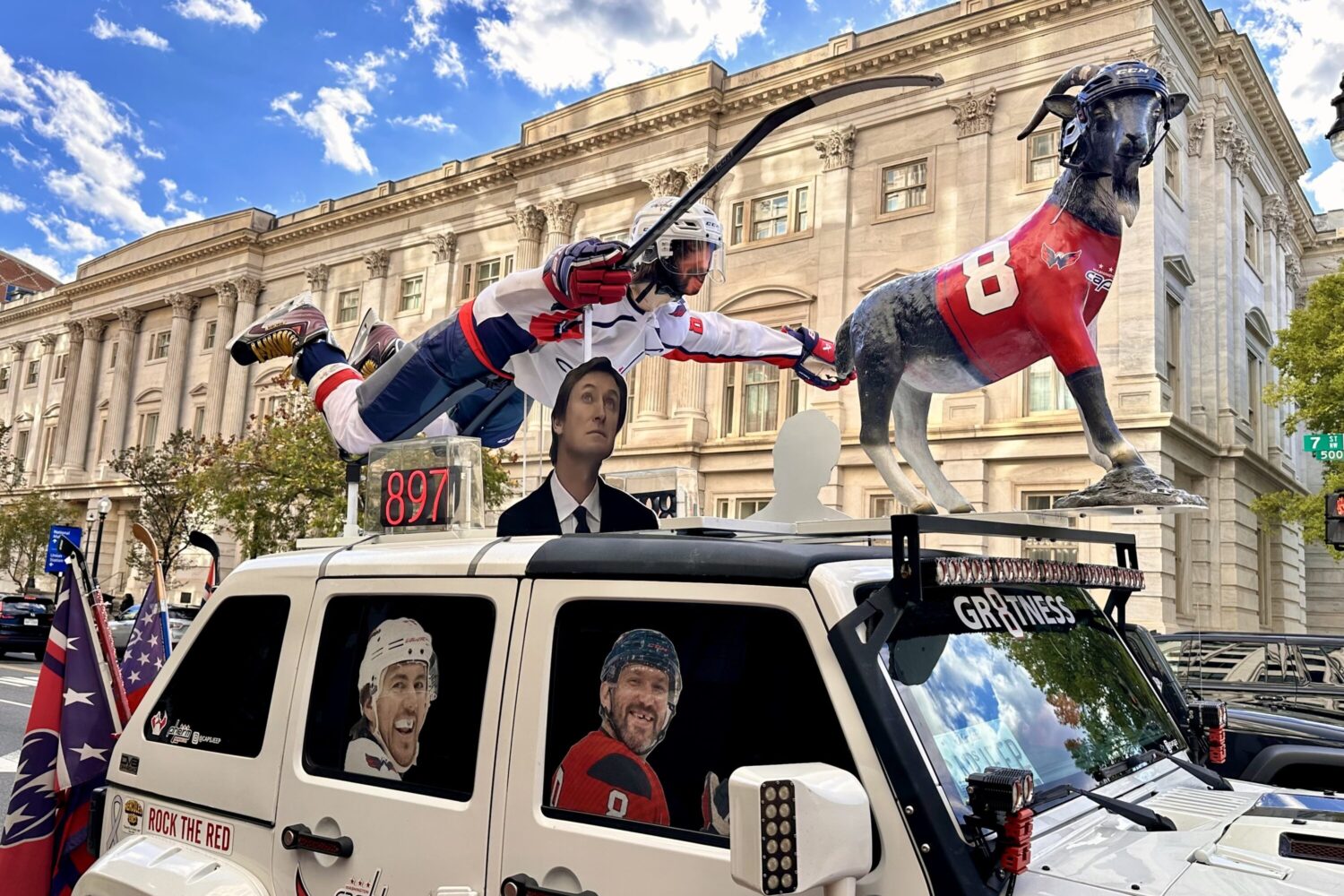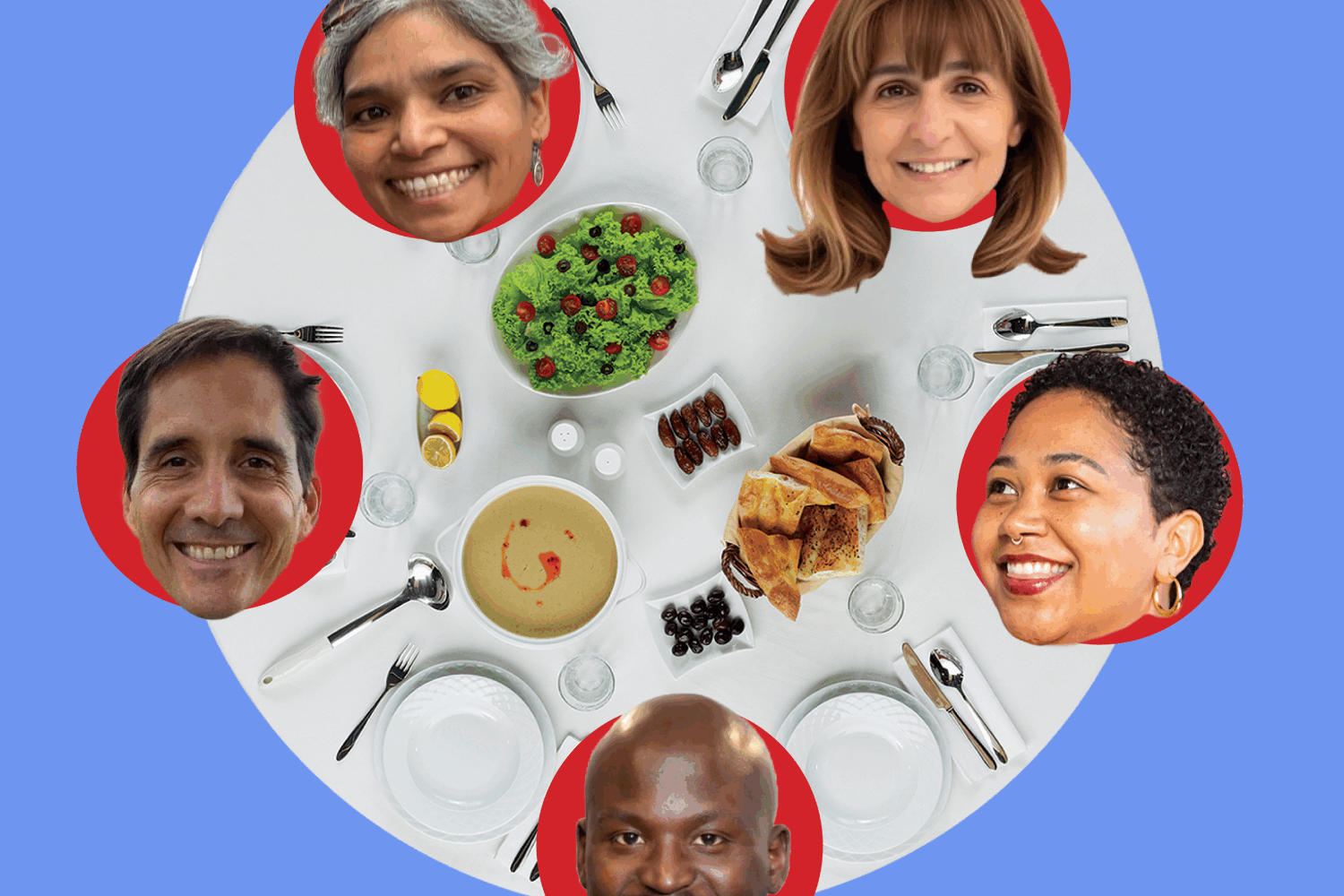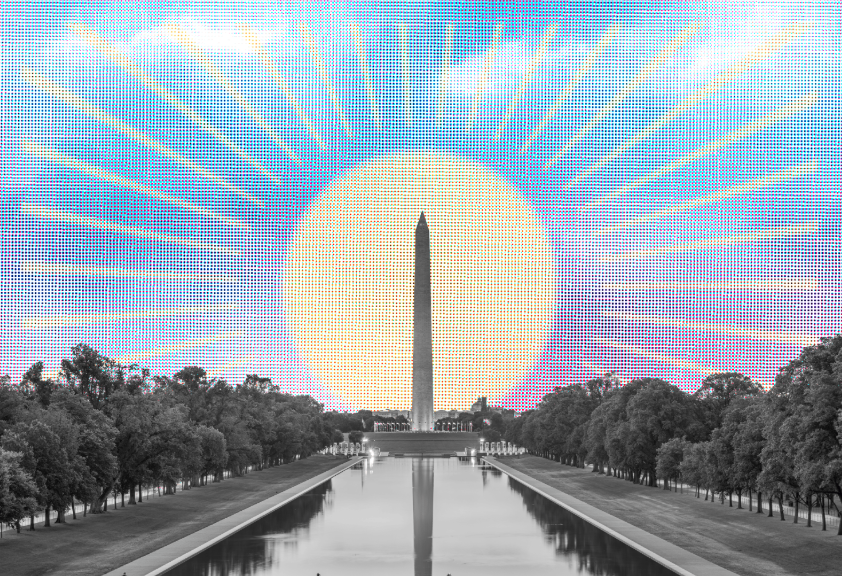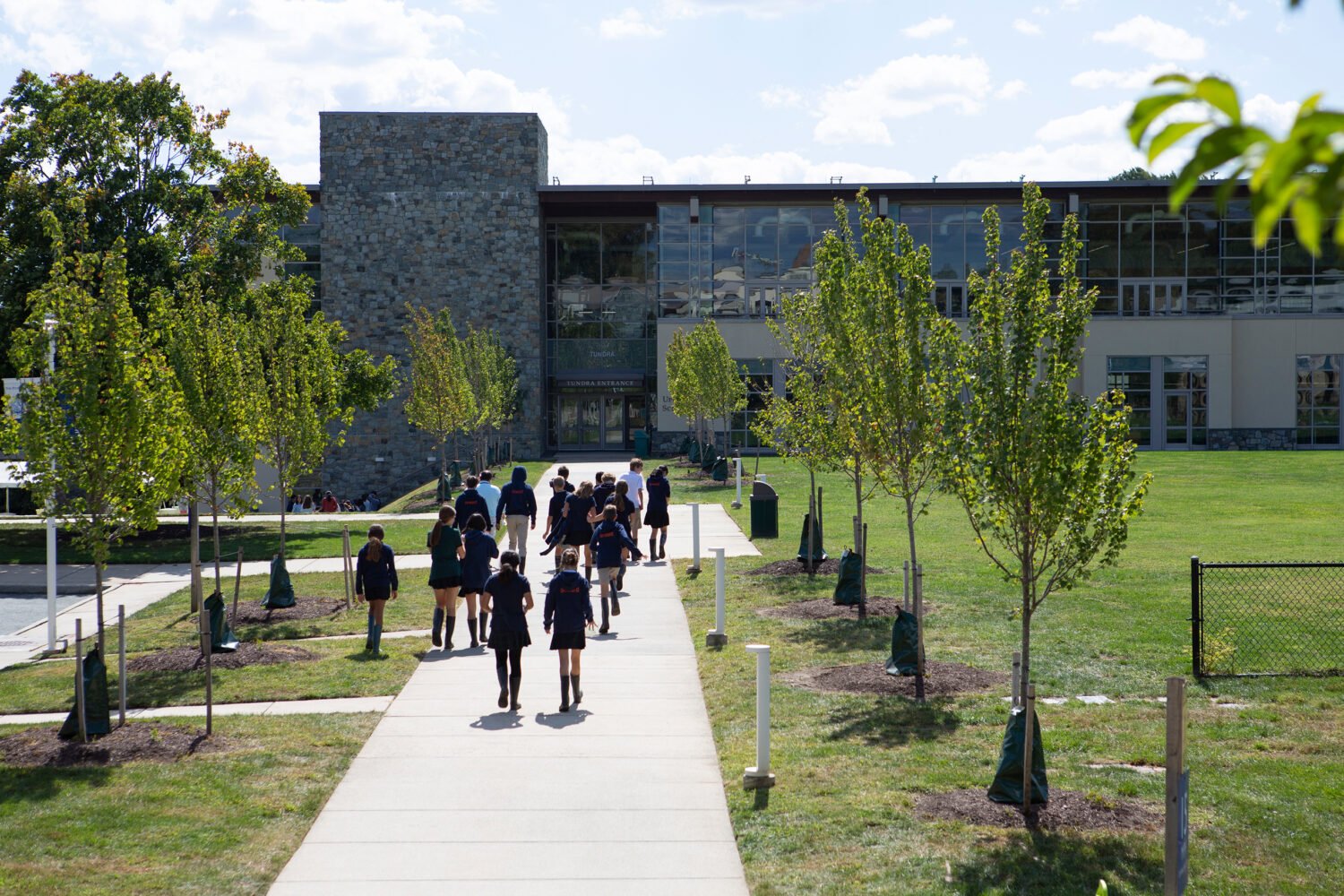“Ask me how many pull-ups I can do,” I said to Austin Baron, a 19-year old competitor on the current season of American Ninja Warrior.
“How many?” he asked.
“Zero.”
This was going to be a problem. I was at Baron’s ninja gym—Vertex Labs Academy, a low-slung warehouse space in a Lorton industrial park—where he’d set up an obstacle course, a baby version of the ones on the show. There would be jumping and hanging and swinging and leaping. I wasn’t sure I could do any of it at all.
On American Ninja Warrior, participants race Tarzan-like between obstacles, swinging from ropes and traversing spinning logs and then, if they haven’t already fallen, scaling a 14-foot sloped wall to hit a buzzer at the end. It’s all extraordinarily athletic. I’m a decent runner and I sometimes lift—but at the ninja gym, faced with swinging between three hanging objects, I choked.
On my initial attempt, I grabbed the first object and immediately fell. In order to reach the next one, Baron explained, I needed to use my core and legs to swing my body and launch myself into the air. When I tried that, I touched it but lost my grip. “That’s a really hard grab,” he said to console me. On my third attempt, I made it partway, but then the last object seemed so far away that I couldn’t even fathom reaching it. My arms hurt. My hands felt nearly raw. I was hanging by my fingers, trying to kick my legs. When I leapt, I hit the foam mat on all fours.
“How difficult is this compared to what’s on the show?” I asked.
“Oh, this is probably a bit easier,” Baron said, drastically understating the truth. On American Ninja Warrior, the obstacles require more strength and endurance, and there’s also the pressure: cameras rolling, lights in your face, a pool of water below.
That day, Baron dressed as he does for TV, in black gym shorts, New Balance sneakers, and a navy blue shirt featuring the name and logo of his nonprofit, Knot Perfect, which raises money to feed the hungry. When Baron was ten years old, he attended a meal-packing event in his hometown of Ashburn and learned that a billion people go to bed hungry every night. In response, he watched a YouTube video about how to braid fleece dog toys and started making and selling them to raise money for donated meals. (His nonprofit is called “Knot Perfect,” he explained, “because the world is not a perfect place when people are going to bed hungry, and also because I make my dog toys by tying knots.”)
Around the time he started Knot Perfect, Baron and his family were watching American Ninja Warrior on TV. For his little brother’s birthday, they decided to try out a ninja gym, and Baron took to it immediately. “I just really loved conquering the obstacles,” he told me. Once Baron got good, a friend suggested going on American Ninja Warrior to raise money for Knot Perfect. In his first appearance, on season 15, Baron says he raised enough funds for 40,000 meals. Now, he’s returned for season 17—and this time he’s advanced to the semi-finals, which will air Monday night.
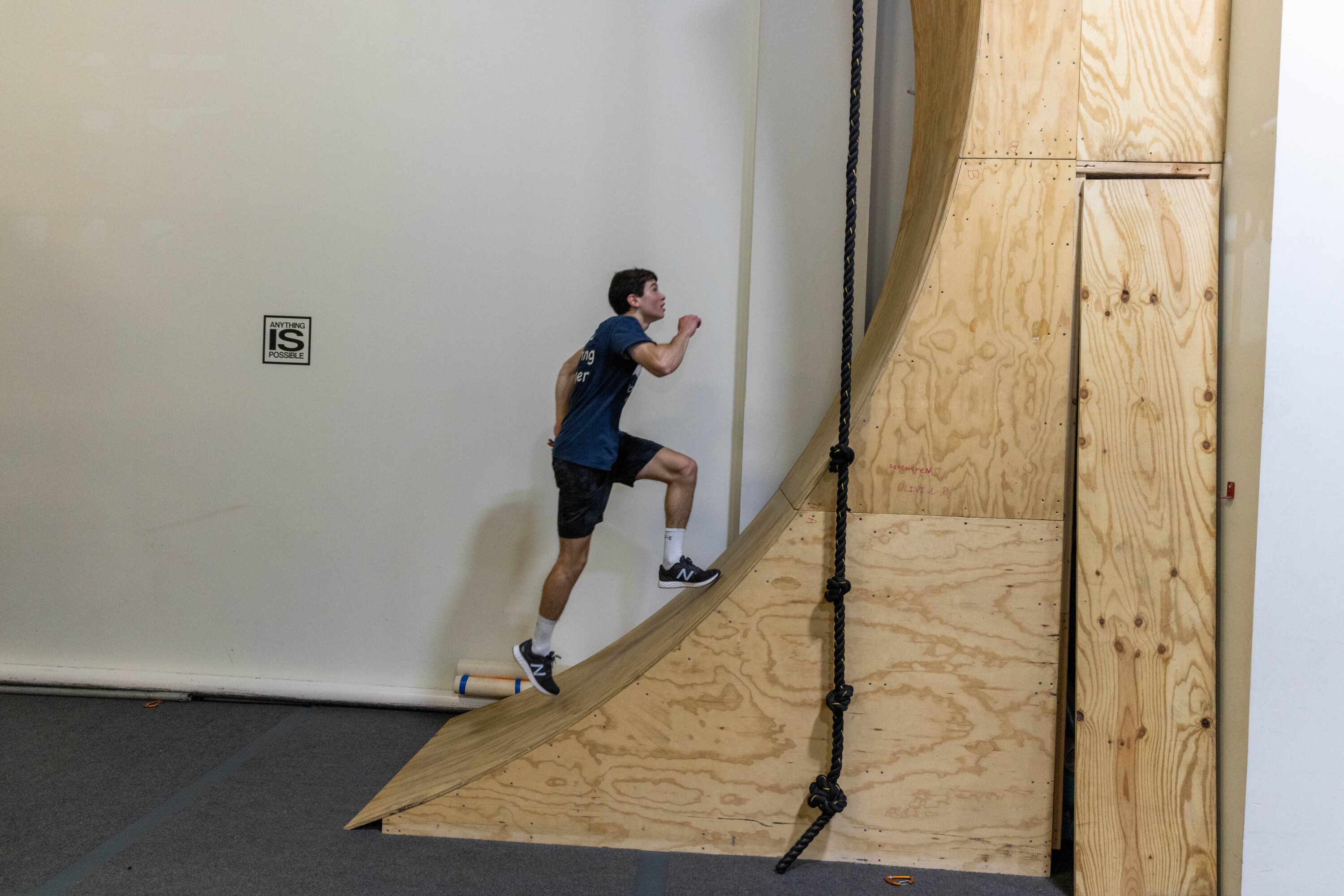
On the course Baron created for me, I could complete a couple of the obstacles (the balance bars, the quad steps), but at the end, he’d set up a series of rings five or six feet apart. There was no way this was going to be possible for me, so I had Baron do it instead. Watching him was remarkable; he’s unassuming in stature, but wiry and quietly muscular. Swinging from the rings, he was so poised and controlled. It looked almost superhuman up close. “It’s fun,” he told me when he hopped off. “It feels like you’re flying for a second.”
Afterwards, Baron told me that his ninja skills help him in all areas of his life, whether he’s fighting hunger or studying business analytics at Notre Dame. “On the show, you’re tackling obstacles,” he explained. “And we all have obstacles in our lives, so the courses are a great way to remind yourself that you can conquer things just by working hard.”

